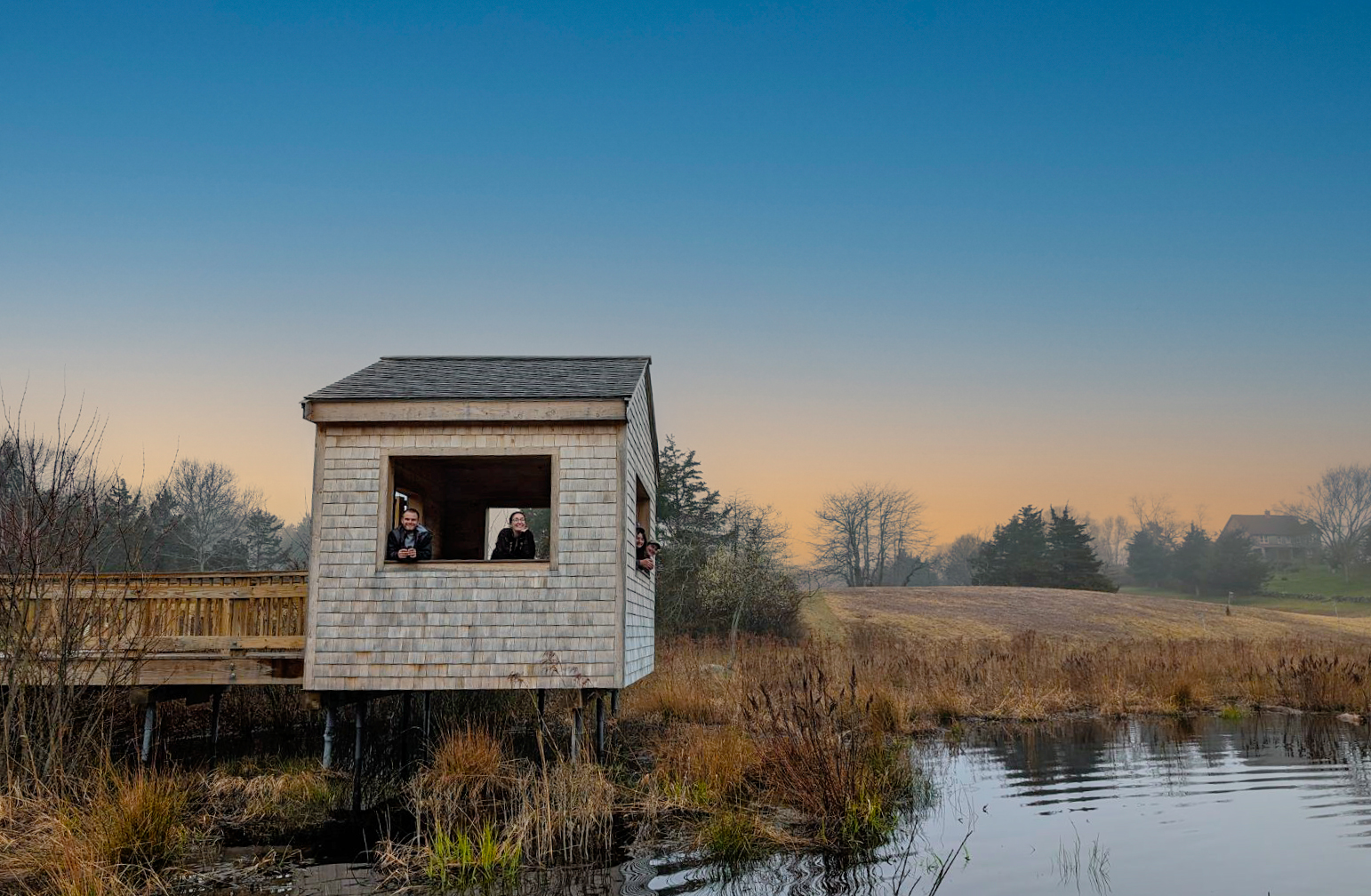The Manomet Center for Conservation Sciences this month released a birding guide to sites that are at risk from climate change.
Final Flight: 10 Northeastern Birding Spots At Risk From Climate Change identified iconic birding sites in which the habitat or the bird populations are threatened by increasing temperatures, rising sea levels and other climate change impacts.
Manomet Banding Director Trevor Lloyd-Evans and Communications Director David McGlinchey authored the book. Lloyd-Evans has led Manomet’s bird banding operation since 1972, and his field experience has taken him throughout New England, Europe and Central America.
“When Manomet began collecting landbird data in the late 1960s, we didn’t know that we would be detecting climate change,” Lloyd-Evans said. “We are able to look back on over four decades of data which illustrate that some species are able to adapt while other species are not. We wrote the book to bring attention to the impacts that climate change is having on birds and their habitats and the fact that these changes are happening not only in the Arctic, but also in the birding spots which are dear to us and in our own backyards.”
The book builds on 47 years of landbird banding data and extensive Manomet Center research on climate change impact to wildlife and habitats.
“Our list is not comprehensive, but we have highlighted 10 spots in the northeast that are both particularly good for birding and particularly vulnerable to the effects of a warming climate,” Lloyd-Evans said.





 Back to all
Back to all